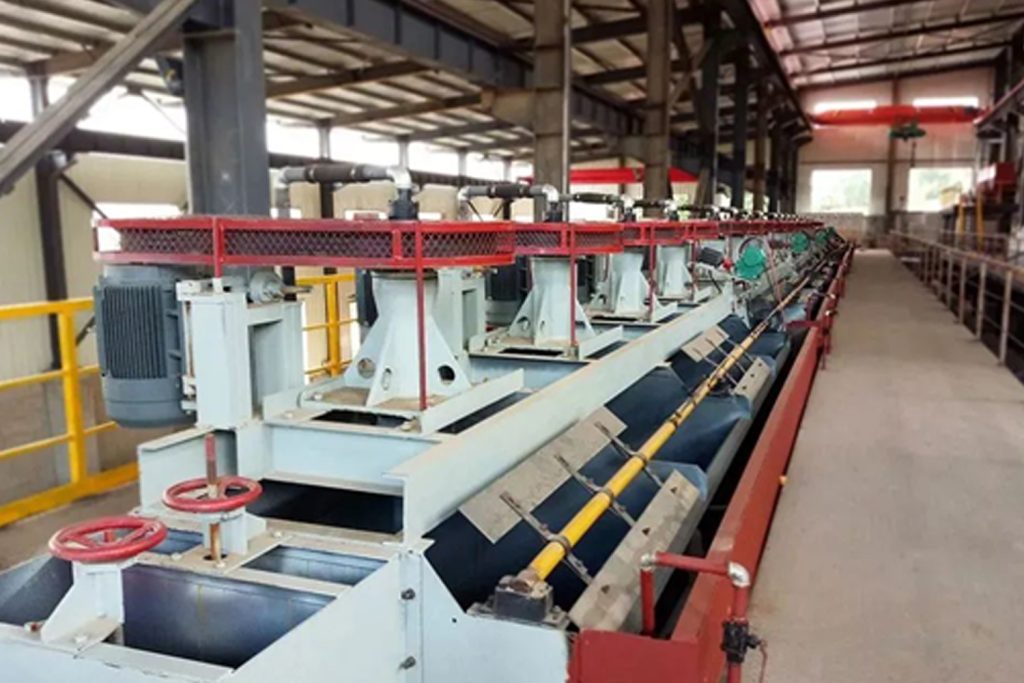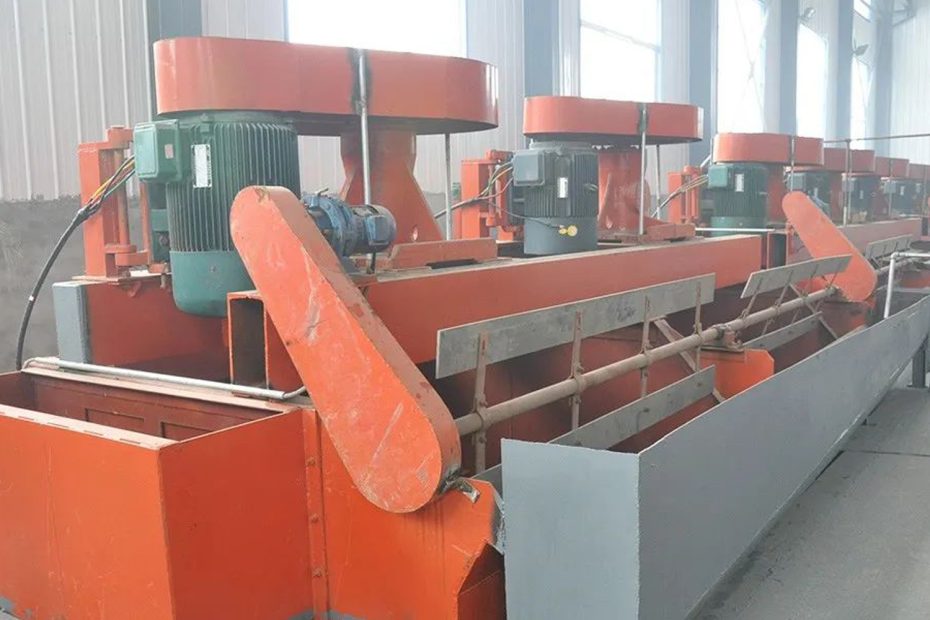Lead and zinc are valuable base metals found in the earth’s crust. They are essential components of many industrial products and play a crucial role in various sectors of the economy.
What is a Lead-Zinc Mine?
A lead-zinc mine is a specialized mining operation that focuses on extracting two vital metals – lead and zinc. These mines are typically located in geological formations where lead and zinc ore deposits are concentrated. The ores are composed of sulfide minerals, primarily galena (PbS) for lead and sphalerite (ZnS) for zinc. Other minerals, such as pyrite, chalcopyrite, and pyrrhotite, may also be present in these ores.
Importance of Lead and Zinc
Lead and zinc are versatile metals with numerous industrial applications. Lead is commonly used in batteries, construction, ammunition, and radiation shielding. Zinc, on the other hand, is vital for galvanizing steel, producing brass and bronze, and is a critical element in various chemical compounds, such as zinc oxide and zinc sulfate.
Exploration and Mine Development
The process of establishing a lead-zinc mine begins with exploration. Geologists conduct extensive surveys to identify potential ore deposits. Once a promising site is located, the mine development phase commences. This involves creating access roads, drilling boreholes for ore sampling, and designing the mine layout.
Top 2 mining techniques to extract lead and zinc ore
Several mining techniques are employed to extract lead and zinc ore from the earth’s crust. These include:
- Open-Pit Mining: Suitable for shallow ore deposits, open-pit mining involves removing the overlying soil and rock to expose the ore. Large hydraulic shovels and trucks are used to transport the ore to the processing plant.
- Underground Mining: When ore deposits are deeper, underground mining becomes more viable. Shaft sinking and tunneling are employed to access the ore bodies, and specialized machinery is used to extract the ore.
Four-step mineral processing of lead-zinc ore
The mineral processing aims to separate and concentrate the valuable minerals from the gangue (unwanted materials) in the ore. It involves several steps, each designed to increase the metal content in the final concentrate.
- Crushing and Grinding: The first step in mineral processing is reducing the size of the ore through crushing and grinding. This process not only liberates the valuable minerals from the gangue but also prepares the ore for subsequent concentration processes.
- Froth Flotation: Froth flotation is a widely used method for separating lead and zinc minerals from the gangue. In this process, the finely ground ore is mixed with water and specific chemicals. Air bubbles are introduced, which selectively attach to the surfaces of the desired minerals, forming a froth that rises to the top of the flotation cell. The froth containing the concentrated lead and zinc minerals is skimmed off and further processed.
- Thickening and Filtering : The froth flotation process generates a concentrate with high metal content, but it also contains water and chemicals. To remove excess water and chemicals, the concentrate undergoes thickening and filtering processes.
- Smelting : Smelting is the final step in the mineral processing. The concentrated lead and zinc minerals are heated in a furnace to separate the metal from the sulfur and other impurities. The result is lead and zinc bullion, which can further be processed into various industrial products.

World’s Leading Producers of Lead and Zinc
| Country | Lead Production (tons) | Zinc Production (tons) |
|---|---|---|
| China | 2,400,000 | 4,300,000 |
| Australia | 1,200,000 | 1,800,000 |
| Peru | 400,000 | 1,400,000 |
| United States | 300,000 | 820,000 |
| India | 150,000 | 700,000 |
Environmental Concerns and Sustainability
The mining and mineral processing of lead-zinc ores raise environmental concerns due to the release of harmful substances into the air and water. To address these issues, modern mines implement various sustainability practices, such as tailings management, reclamation of mined areas, and water recycling.
Conclusion
Lead-zinc mines and the mineral processing of lead-zinc ore are essential for providing the metals needed for various industrial applications. The mining process involves exploration, extraction, and processing to yield the valuable metals. Through responsible mining practices, the industry can contribute to economic growth while minimizing environmental impacts. As technology continues to advance, the future of lead and zinc mining looks promising, ensuring a steady supply of these vital metals for the world’s needs.
